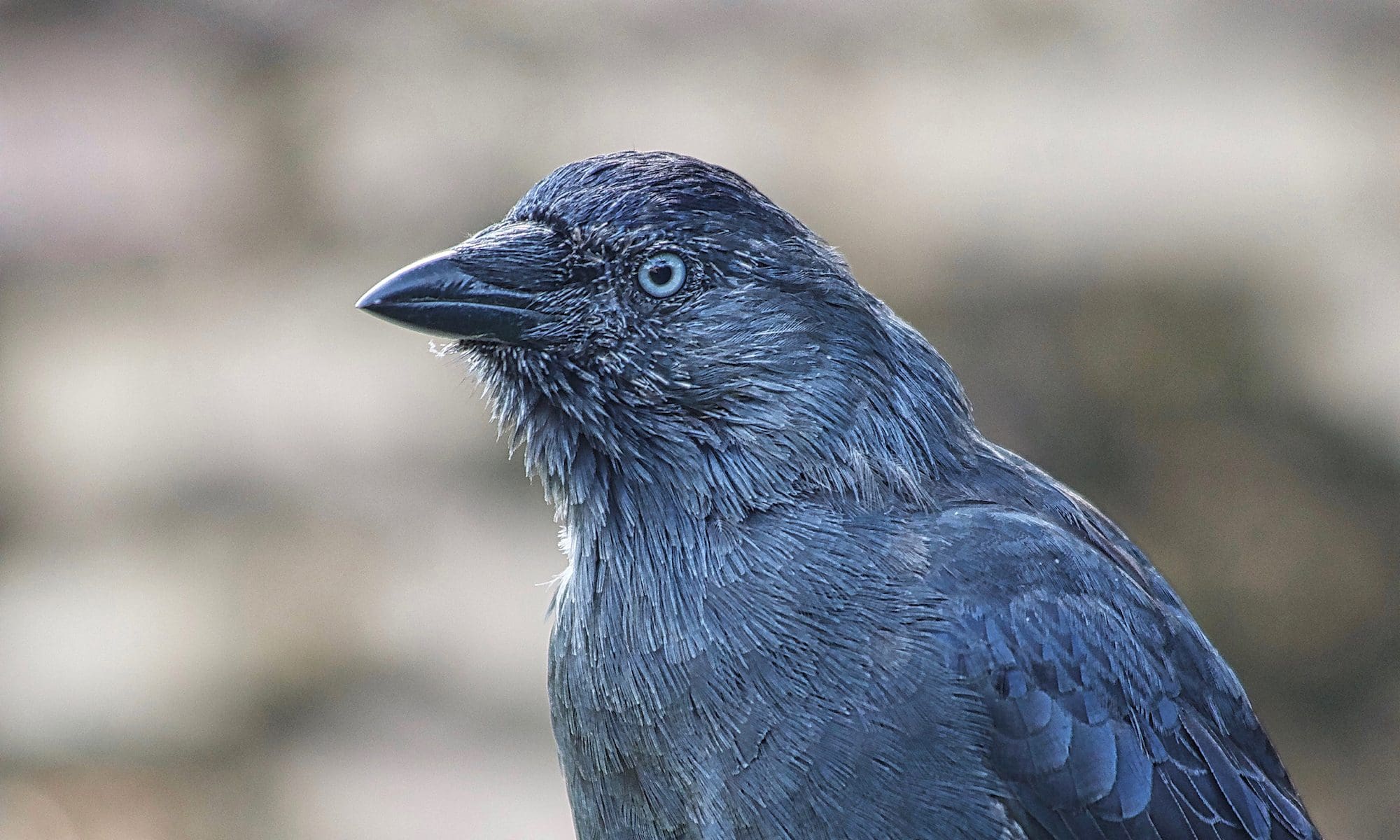During the summer months birds require high protein foods, especially during their moult. During cold winter weather birds will benefit from high-energy or high-fat foods, which will help them to maintain their fat reserves and to survive frosty nights. Autumn is the time to change the composition of bird foods offered and perhaps the arrangement of your feeders. It is relatively easy to plan for winter bird feeding.
There are three main choices of food: large seeds, small seeds and suet. Large seeds include black-oil sunflower, striped sunflower, sunflower hearts, safflower, peanuts, shelled corn, ear corn and mixes that contain sunflower, safflower and peanuts. Small seeds include millet mixes, which contain mainly millet and a small percentage of sunflower seeds and other ingredients, such as pinhead oatmeal, sorghum, wheat, rape and canary seed. Niger seeds are an excellent all-winter staple for finches. Soaked sultanas, raisins and currants, mealworms and waxworms are also valuable dietary additions.

Many wintering birds will benefit from high energy foods like suet, suet mixes and peanut butter. Please always remove and recycle plastic netting from fat or suet balls before putting those out, as plastic netting can inflict potentially deadly injuries by trapping birds. Also, for the same reason, do not use spring bird fatball feeders, as the they are not safe and can kill birds.
Finding The Optimal Diet For Corvids
Depending on your garden size, it is recommended to use several feeder clusters of three to four feeders per cluster and a ground feeding site. Each cluster has a variety of feeder types that offer larger seeds, smaller seeds and suet. Winter bird feeders should be placed in sheltered locations out of the most severe winds. Placing feeders closer to the house will be effective and will help keep the birds visible for indoor bird watching. Feeders should be placed near protective cover such as hedges or a brush pile to offer birds safety from predators. Position feeders several feet from natural cover, where birds can hide if necessary, but not so close as to allow predators a place for an ambush. Stamp or shovel snow around feeders to provide easier access to spilled seed for ground feeding birds.

Not only birds struggle with harsh winter conditions. Please offer other food sources for animals you don’t want to attract to your bird feeder, such as cobs of corn for squirrels, in a different location, so they are less tempted to raid your bird feeders. To minimise window collisions, place feeders no more than five feet away from a wall or window. Also, you may want to consider to use window clings or other techniques to help birds avoid the glass. Feeders will be most useful in the winter, if they have a wide cover, perches and dispensing trays so seed is not buried during snowfalls or storms. You may want to choose specialised feeders with repellents, such as caged perches or squirrel baffles. Thick plastic or metal feeders will resist chewing best.

Proper cleaning will minimise mould and other unhealthy conditions that could foster disease among birds. When cleaning discard soggy seed and let the feeder dry before refilling. Wipe down perches, poles and other parts of the feeder as well. To properly store seed, it should be kept in a cool, dry place that is protected from bugs and rodents. Leave fruit and berries on trees, hedges, and bushes to provide a natural sources of food throughout the winter. Always adjust the quantity given to the demand and never allow uneaten foods to accumulate around feeders. Remove ground feeders over night and return them the next morning.
Another Post About The Diet Of Corvids
Birds need water to stay hydrated, keep well insulated and to properly preen all year round. Therefore it is essential to keep your bird bath clean and ice free. Move your birdbath to a safe sunny spot during the winter to take advantage of the warmth of the sun’s rays. When temperatures are dipping just below freezing, you can prevent ice formation on your birdbath through the use of a dripper, aerator or simply floating a small plastic ball in the pool. Dark-coloured bird baths will stay warmer than light-coloured ones. You may want to add a heated bird bath to your backyard or place a safe heating element in a regular bird bath to provide birds with liquid water. Never use chemicals or additives to prevent the water from freezing. These chemicals are toxic to birds and can be deadly.

Old nests should be removed in autumn, from September onwards once the birds have stopped using the nest box. Unhatched eggs in the box can only be removed and disposed legally between September and January (August – January in Scotland). Use boiling water to kill any remaining parasites and let the box dry out thoroughly before replacing the lid. Insecticides and flea powders must not be used. Please leave nesting boxes and bird houses up all year round to provide sheltered winter roosting sites for birds and small mammals.


